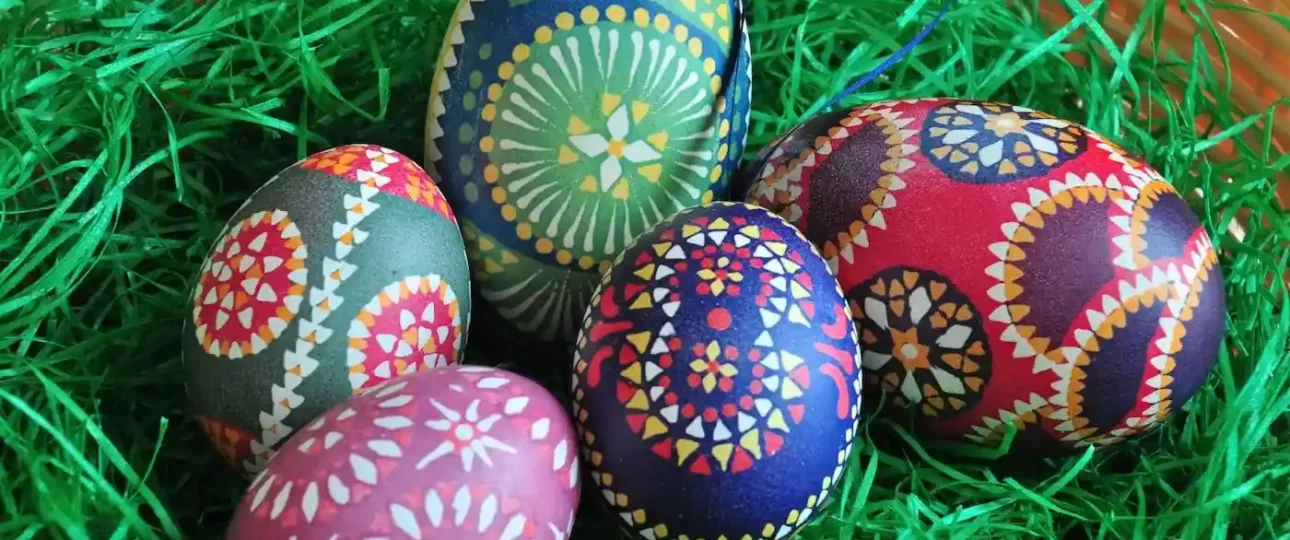Sham Ennessim celebrations 5 Epic Traditions
Sham Ennessim celebrations have long been one of the most treasured cultural events in Egypt, marking the arrival of spring with joy and unity. This article explores the rich history, evolution, and modern practices of this ancient Egyptian spring festival. Celebrated on Easter Monday, the festival symbolizes renewal and the fresh start of nature after winter. Families, friends, and communities join together in vibrant outdoor festivities that include traditional foods, egg coloring, and picnics, forming an essential part of Coptic Easter celebrations Egypt and Traditional Egyptian spring customs.
Historical Origins of Sham Ennessim celebrations
The origins of Sham Ennessim celebrations date back over 4,700 years to the Pharaonic era in ancient Egypt. Initially known as Shemu, the festival marked the onset of the harvest season following the annual inundation of the Nile. Ancient Egyptians revered this time as a period of abundance and fertility. Rituals involved offerings of salted fish, lettuce, and onions to appease the gods, thereby symbolizing prosperity and the cyclical nature of life. This tradition reflects the deep agricultural roots of the Egyptian seasonal festival, which has been preserved throughout millennia.
Throughout the centuries, Sham Ennessim celebrations have evolved while retaining their core essence. During the Pharaonic era, the festival was purely secular and linked to nature’s rhythm, celebrating the vitality of spring. With time, as new religious and cultural influences emerged, the festival’s practices adapted yet continued to honor the themes of renewal and growth. This evolution showcases the resilience of Springtime traditions Egypt that have survived numerous historical transformations, enriching the cultural tapestry of modern Egypt.
Evolution Through the Ages
The evolution of Sham Ennessim celebrations mirrors Egypt’s dynamic history. Initially celebrated as Shemu during the Pharaonic period, the festival underwent significant changes with the advent of Christianity in the first century CE. As Egypt embraced Coptic Christianity, the festival was realigned with Coptic Easter celebrations, ultimately being observed on Easter Monday. Despite these religious modifications, its secular and agricultural significance remained intact, demonstrating the adaptability of this ancient tradition.
In subsequent centuries, as Egypt experienced Arabization and the rise of Islam, Sham Ennessim celebrations retained their fixed date and celebrated essence. This blend of cultural influences highlights the festival’s unique ability to unite diverse communities. Modern celebrations continue to honor the age-old practices while integrating contemporary elements. The continuity of Traditional Egyptian spring rituals exemplifies how this event has thrived despite cultural shifts, ensuring that the spirit of renewal and unity endures across generations.
The Meaning Behind the Name
The name Sham Ennessim celebrations carries profound symbolic meaning. In Arabic, it translates to “smelling the breeze,” evoking a sense of freshness, renewal, and the vibrant essence of spring. This poetic expression encapsulates the core of the festival, which celebrates the awakening of nature after the winter season. The name’s evolution from the ancient Egyptian term Shemu to its modern Arabic form reflects the deep historical and linguistic transformations that Egypt has experienced over thousands of years.
This transformation is a testament to the enduring cultural legacy of Egypt. The modern name, Sham Ennessim celebrations, resonates with both ancient symbolism and contemporary sentiment. It reminds us that while languages and customs change, the fundamental human connection to nature and the celebration of life’s renewal remain constant. Thus, the name itself is a bridge between Egypt’s illustrious past and its vibrant present, emphasizing unity and the cyclical beauty of life.
Traditional Foods and Culinary Symbols
Culinary traditions play a central role in Sham Ennessim celebrations, deeply rooted in Egypt’s ancient agricultural practices. Traditional dishes such as fesikh, a salt-cured mullet, are prepared with meticulous care, symbolizing fertility and the bounty of the Nile. Alongside fesikh, fresh lettuce and green onions are served as reminders of the season’s renewal. These foods have been passed down through generations, forming an integral part of the Egyptian spring festival culinary heritage.
The ritual of egg coloring is another cherished tradition during Sham Ennessim celebrations. Families dye boiled eggs in vibrant hues, symbolizing the renewal of life and the brightness of spring. This practice, which dates back to ancient times, intertwines artistic expression with ritualistic symbolism. The beautifully colored eggs are shared among relatives and friends, reinforcing bonds and celebrating the unity that characterizes Coptic Easter celebrations Egypt. These culinary customs provide a sensory journey into Egypt’s rich past while infusing modern festivities with timeless charm.
Modern Practices and Family Gatherings
Today, Sham Ennessim celebrations have evolved into a vibrant national holiday that unites Egyptians of all backgrounds. In modern times, families gather outdoors in parks, gardens, or along the Nile to celebrate the advent of spring. These gatherings are characterized by communal picnics, lively conversations, and shared laughter, all set against the backdrop of the season’s blooming beauty. This festival epitomizes Traditional Egyptian spring celebrations by fostering a sense of community and belonging.

Beyond the outdoor festivities, modern celebrations include a variety of cultural events. Music concerts, dance performances, and public fairs add a contemporary twist to the ancient traditions. Despite these modern influences, the core values of renewal, unity, and respect for nature remain central to the event. Egyptian seasonal festival traditions are kept alive through the continued emphasis on family bonds and the collective enjoyment of nature’s splendor, ensuring that the festival remains both relevant and deeply rooted in history.
Cultural Significance and Impact
Sham Ennessim celebrations hold immense cultural significance in Egypt, acting as a bridge between ancient traditions and contemporary life. The festival is celebrated by both Muslims and Christians, making it a unique cultural event that transcends religious divides. It reinforces the idea that heritage and tradition can unite diverse communities, fostering a shared identity and collective pride among Egyptians. The symbolism of renewal and rebirth is universally embraced, reflecting the enduring legacy of Egypt’s ancient civilization.
The impact of Sham Ennessim celebrations extends beyond the mere enjoyment of a national holiday. It plays a pivotal role in preserving Egypt’s cultural heritage by keeping ancient customs alive through annual practices. The festival strengthens family ties, encourages social interaction, and sustains traditional culinary arts. Moreover, it serves as an educational experience, connecting the younger generation with the storied past of their country. Through these shared celebrations, Egypt’s rich history and cultural diversity continue to inspire and resonate with people across generations.
In conclusion, Sham Ennessim celebrations are much more than a seasonal festivity; they are a living symbol of Egypt’s ancient heritage and its ability to adapt over millennia. This festival, rooted in agricultural traditions and enriched by diverse cultural influences, embodies the essence of renewal, unity, and prosperity. From its origins in the Pharaonic era to its evolution through Christianity and Arabization, the event remains a vibrant expression of Egypt’s identity and a joyous celebration of spring.
By engaging in Sham Ennessim celebrations, Egyptians honor their ancestral customs and share in a collective experience that unites communities. The festival’s unique blend of age-old rituals and modern festivities ensures that it continues to inspire and bring people together. Whether through traditional foods, colorful egg rituals, or communal picnics, this ancient spring festival endures as a testament to Egypt’s timeless cultural legacy.

